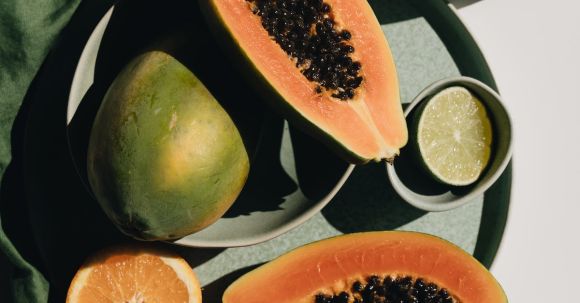Baking is a blend of art and science. While it may seem like magic when a cake rises perfectly or a loaf of bread comes out with a golden crust, there is actually a scientific explanation behind these culinary wonders. It all comes down to the ingredients used in baking and how they interact with each other. In this article, we will delve into the science of baking and explore the role of ingredients in creating delicious and delectable treats.
The Flour Power
Flour is the foundation of most baked goods. It provides structure, texture, and flavor. The two main types of flour used in baking are all-purpose flour and cake flour. All-purpose flour has a higher protein content, which gives baked goods a stronger structure. On the other hand, cake flour has a lower protein content, resulting in a more tender and delicate texture. The protein in flour, known as gluten, is responsible for the elasticity and chewiness of baked goods.
The Sweet Sensation
Sugar does more than just add sweetness to your baked goods. It also plays a crucial role in the structure and texture of the final product. Sugar helps to tenderize the gluten in flour, resulting in a softer and more tender crumb. It also helps to retain moisture, keeping your baked goods moist and fresh for longer. Additionally, sugar caramelizes during baking, creating a beautiful golden-brown crust and adding depth of flavor to your treats.
The Leavening Agents
Leavening agents are what make your baked goods rise. There are two main types of leavening agents used in baking: chemical leavening agents and yeast. Chemical leavening agents, such as baking powder and baking soda, release carbon dioxide gas when they come into contact with moisture and heat. This gas creates bubbles in the batter or dough, causing it to rise. Yeast, on the other hand, is a living organism that ferments sugars and produces carbon dioxide gas as a byproduct. This gas gets trapped in the dough, causing it to rise and giving baked goods a light and airy texture.
The Fats that Matter
Fats, such as butter, oil, and shortening, play a crucial role in baking. They contribute to the flavor, texture, and moisture of your baked goods. Fats coat the gluten strands in flour, preventing them from forming too much gluten and resulting in a tender and delicate crumb. They also help to retain moisture, keeping your treats moist and preventing them from drying out. Additionally, fats add richness and flavor to your baked goods, making them more indulgent and satisfying.
The Egg-cellent Binder
Eggs are a versatile ingredient in baking. They act as a binder, holding the other ingredients together and giving structure to your baked goods. Eggs also add moisture and richness, resulting in a tender and moist texture. They contribute to the leavening process by trapping air and steam, creating a light and fluffy texture. Eggs also add color and flavor to your treats, making them more visually appealing and delicious.
In conclusion, understanding the role of ingredients in baking is essential for creating successful and flavorful treats. Each ingredient brings its own unique properties and interacts with others to create the perfect balance of structure, texture, and flavor. From flour to sugar, leavening agents to fats, and eggs to flavorings, every ingredient plays a vital role in the science of baking. So, the next time you whip up a batch of cookies or bake a cake, remember the science behind it and let your creativity soar in the kitchen. Happy baking!
